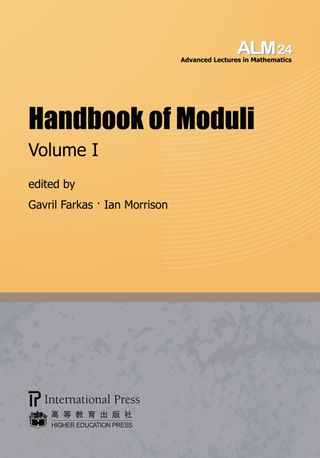?
Moduli of K3 Surfaces and Irreducible Symplectic Manifolds
The name "K3 surfaces" was coined by A. Weil in 1957 when he formulated a research programme for these surfaces and theirmoduli. Since then, irreducible holomorphic symplectic manifolds have been introduced as a higher dimensional analogue of K3 surfaces. In this paper we present a review of this theory starting from the definition of K3 surfaces and going as far as the global Torelli theorem for irreducible holomorphic symplectic manifolds as recently proved by M. Verbitsky. For many years the last open question of Weil's programme was that of the geometric type of the moduli spaces of polarised K3 surfaces. We explain how this problem has been solved. Our method uses algebraic geometry, modular forms and Borcherds automorphic products. We collect and discuss the relevant facts from the theory of modular forms with respect to the orthogonal group O(2,n). We also give a detailed description of quasi pull-back of automorphic Borcherds products. This part contains previously unpublished results. We apply our geometric-automorphic method to study moduli spaces of both polarised K3 surfaces and irreducible symplectic varieties.
